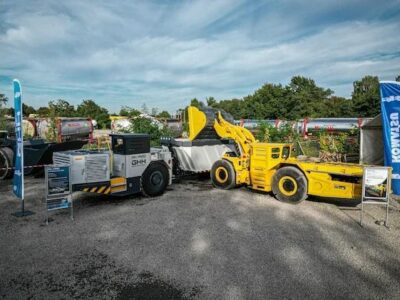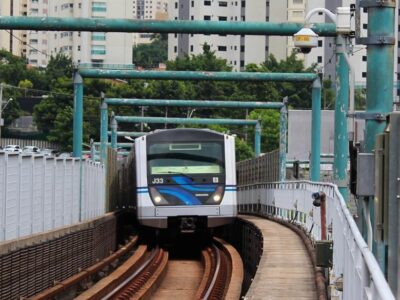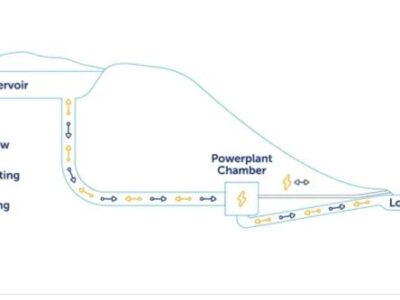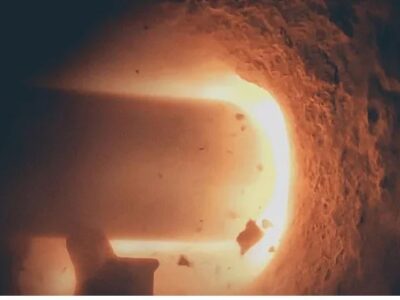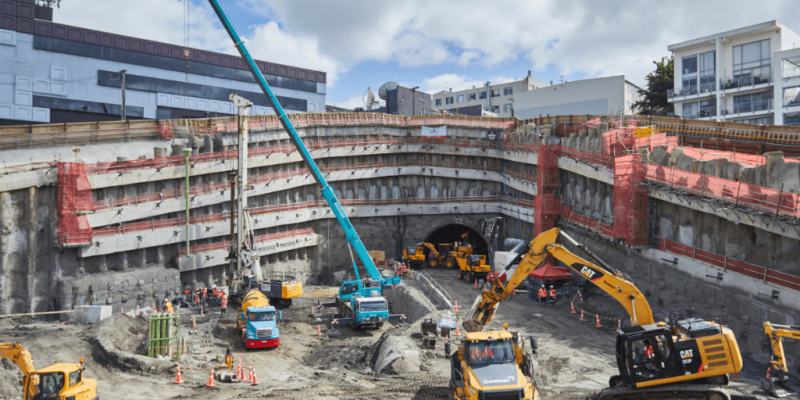
The “level 4” Covid-19 lockdown in New Zealand will cause stopping the construction at all City Rail Link (CRL) project sites for a minimum of seven days, while, the project’s tunnel boring machine (TBM) can pursue to operate at a reduced level.
According to New Zealand’s prime minister, Jacinda Ardern, New Zealand moved to a Covid-19 “alert level 4” on Tuesday (17 August) night, which means only essential services could continue.
One positive case of the Delta variant of the coronavirus in Auckland induced a week-long lockdown for this city, while the rest of the country was locked down for at least three days. Extending of this period depends on how many cases are detected.
Construction of a twin tunnel that’s length is 3.45km underground rail link up to 42m beneath the Auckland city center, is a part of this CRL project with NZ$4.4bn (£2.2bn) value.
CRL Ltd chief executive Sean Sweeney said: “Our construction sites look very different now compared with the lockdown periods last year. We are using a lot of heavy machinery to build the stations and tunnels.”
“We will make sure that appropriate measures are put in place to keep each site and the surrounding areas safe for our teams and for our neighbors. Also, many project staff are still able to continue working from home and will do so as the shutdown continues,” added Mr. Sweeney.
Inspecting and maintaining structures, plants, and equipment to ensure the safety and security of the works, will be the responsibility of a small number of people that will also remain at CRL.
In May CRL’s main contractor, Link Alliance, launched the project’s TBM, excavating from Mt Eden to Karangahape and then on to central Auckland to link with already constructed tunnels from Auckland’s downtown.
CRL Ltd has received permission from New Zealand’s ministry of business, innovation, and employment to operate the TBM during the lockdown.
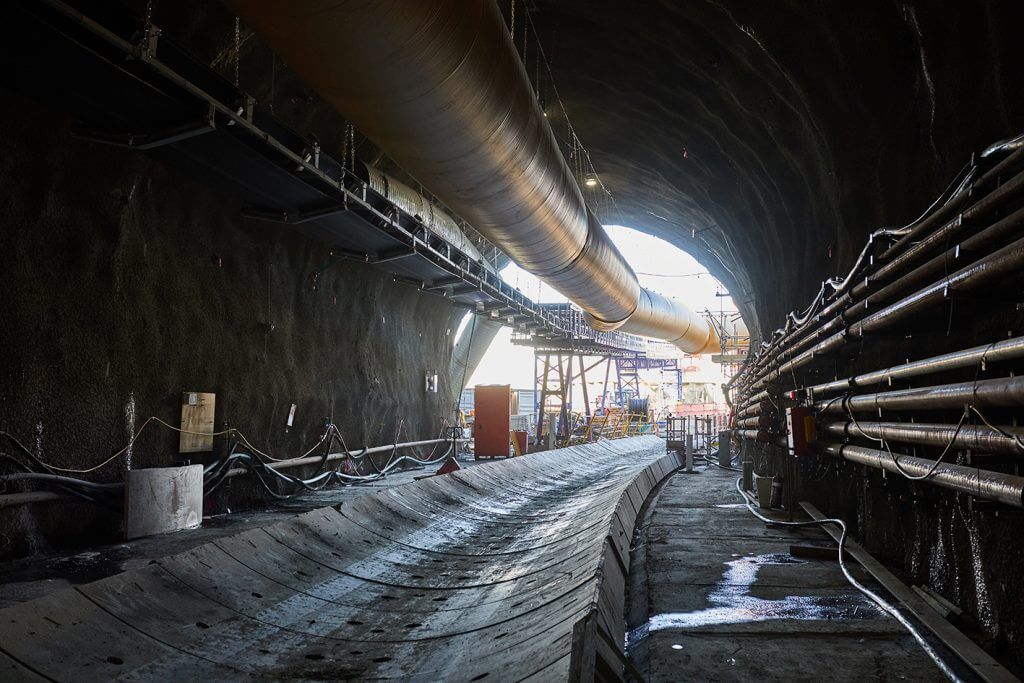
In accordance with Sweeney’s statement: “TBMs are not designed to be ‘parked’ underground for an open-ended period – they need to keep moving forward, even at reduced capacity, to avoid the risk of getting stuck. CRL is still finalizing details for the TBM’s Covid-related operation.”
He continued: “Our priority will be to keep the TBM’s crew safe – they will be working under strict health and safety guidelines that include wearing protective clothing and keeping a proper distance from workmates. The TBM will be working at a much lower level than full capacity.”
“The government ‘OK’ is a very welcome one giving us the assurance that a potential lockdown risk underground has been removed. The pressure from the earth settling around any stationary TBM could ‘trap’ that machine. If that happened here, the costs involved in freeing the TBM would completely derail the project,” he added.
Dame Whina Cooper, Māori rights champion, is who CRL’s TBM named in honor of her. This TBM, which is specially built for Auckland’s soil conditions is a bespoke machine costing almost NZ$13M (£6.5M).
Sweeney noted: “We are doing everything we can to ensure that we are well placed to come out of the blocks very fast when the restart call is given.”
The most significant and largest transport infrastructure project to be operated in New Zealand, is CRL.





